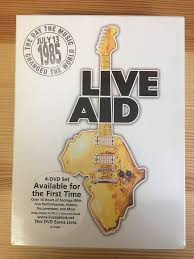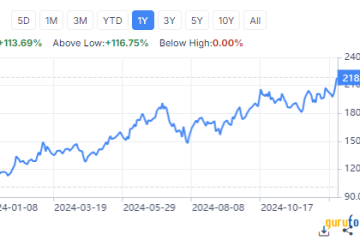The Impact of Live Aid on Global Philanthropy

Introduction
Live Aid, the iconic concert event of 1985, is not only remembered for its exceptional musical performances but also for its significant humanitarian impact. Organized by Bob Geldof and Midge Ure, Live Aid sought to raise awareness and funds for the famine crisis in Ethiopia. The concert marked a turning point in the global approach to humanitarian aid, demonstrating how music can unite people for a common cause. This year, as we reflect on its legacy, we recognize the relevance of such events in today’s world where global issues still require urgent attention.
Details of the Event
On July 13, 1985, Live Aid took place simultaneously at two major venues: Wembley Stadium in London and John F. Kennedy Stadium in Philadelphia. The event attracted an audience of over 100,000 people in person and millions more through live broadcast across more than 150 countries. Some of the biggest names in music, including Queen, U2, David Bowie, and Elton John, graced the stage, delivering unforgettable performances that would resonate for decades.
In addition to its entertainment value, Live Aid succeeded in raising over $125 million for famine relief efforts in Ethiopia. This unprecedented collaboration among artists and the immense financial contributions made a substantial difference in the lives of those affected by hunger. The public’s overwhelming response showed how a collective effort can lead to meaningful change.
The Legacy of Live Aid
Live Aid has left a lasting imprint on global philanthropy and the music industry. The event not only set the benchmark for future benefit concerts but also inspired artists to use their influence for social activism. Subsequent concerts, like the Concert for Bangladesh in 1971 and more recent events like Live 8, demonstrated the enduring power of music as a unifying force for good.
Moreover, Live Aid paved the way for the integration of technology and media in fundraising, as it was one of the first events to leverage satellite broadcasting for a global audience. It showcased the potential of collaborative fundraisers, encouraging future generations to address social inequalities.
Conclusion
The legacy of Live Aid endures, reminding us that music can be more than just entertainment; it can be a catalyst for change. As we continue to face global challenges, the spirit of Live Aid underscores the responsibility that artists and citizens bear to advocate for those in need. Events like Live Aid remain relevant, inspiring ongoing discussions about global poverty, humanitarian crises, and the power of collective action. As we look to the future, let us remember the lessons of Live Aid and strive to create our own unifying efforts for humanitarian causes.









